
Everything You Need To Know About Sombre Hair
Sombre hair is one of the most popular hair color trends starting this fall, taking the gradient look we all love and making it more muted with a gradient base. You'll see three to four shades brighter from the middle and ends of the hair, making the color change almost imperceptible. This article has everything you want to know about sombre hair, taking you through this new hair color.
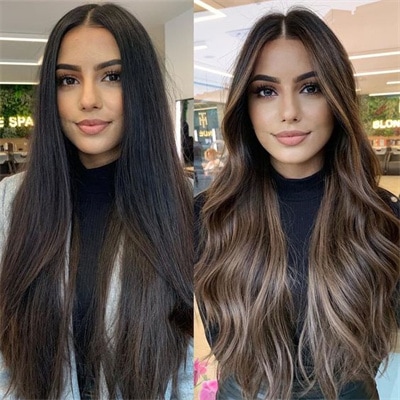
1. What is sombre hair?
sombre hair is a more subtle version of the gradient color treatment, which is softer and more natural looking in appearance, with natural and soft overtones in the hair color. The most natural color is kept at the roots to create a dark root look, while the ends are a lighter color. The color at the root of the hair is also chosen to be applied to the middle of the hair to add highlights to the hair and make it look visually more dimensional.
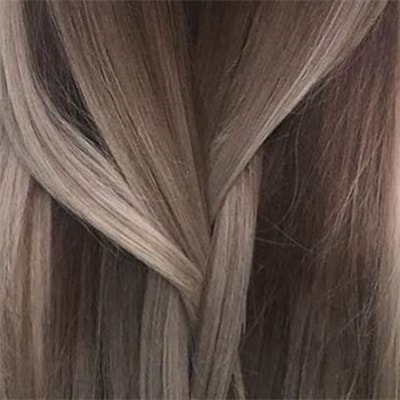
2. Who is suitable for sombre hair?
Among those who have tried sombre hair colors so far, girls with medium to long hair prefer the gradient effect. Because it is difficult to give a nice gradient effect for hair that is too short such as a pixie haircut, a bob haircut may be possible to try if it is a longer size. In addition to the length, the base shade of the hair should also be taken into consideration. But the good thing is that sombre hair is a universal gradient coloring technique because it only requires a light dip into the coloring pool, so it is perfect for anyone who is new to gradient hair and wants to try it.
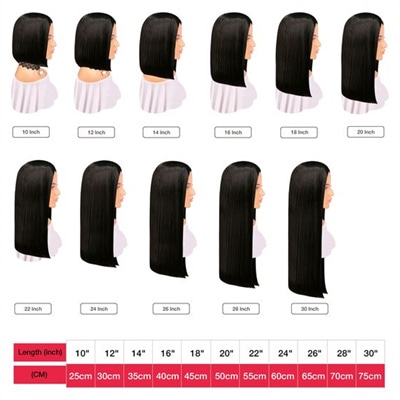
3. How to get the perfect sombré hair color?
Step 1 Highlighting hair color
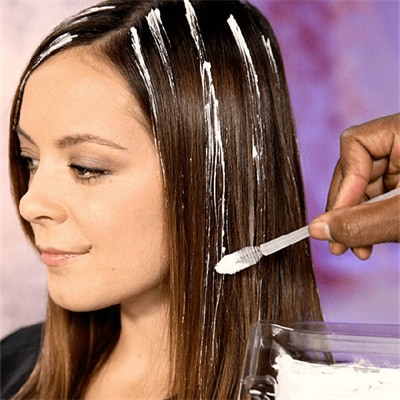
Just because sombré hair color is subtle doesn't mean it's invisible. It's the combination of highlights that gives the perfect gradient color, so the first step you need to take is to highlight your hair first. First measure your hair to see where you want the gradient color to appear, bleach your hair, and then add the highlighting color of your choice.
Step 2 Treat the roots of your hair
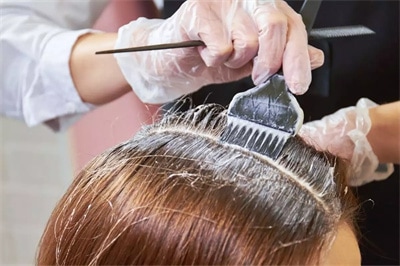
You can choose to keep the original color of the roots to create the effect of dark roots, if your original hair color is darker then you can just keep this hair color, you can skip this step. But for those who have grown some white hair or gray hair, you can consider coloring the roots to cover the white hair. This can be done by brushing on a semi-permanent hair dye to change the color of the entire hair shaft.
Step 3 Partial Coloring

Once you have dealt with the highlights and root color in your hair, it's time to start working on Sombré which is a darker version of the gradient color. It creates a softer, less contrasting transition of tones from the roots to the tips. Blending starts higher up in the hair, using more tones to produce a softer, more subtle transition. sombré color can lift two to three shades, while sombré is a more natural "short beach vacation" type of look, where the color is faded by only one tone. Color up the middle of the hair. The middle section of hair should be a little lighter than the roots, but a little darker than the ends. Apply it to the entire width of the middle section of your hair, flicking the formula gently downwards but leaving the tips completely clean of color.
Step 4 Add the lightest color highlight
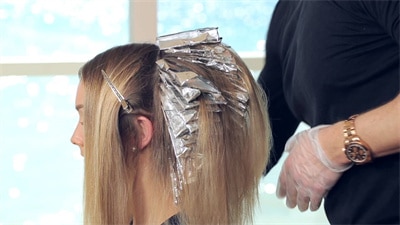
Finally, apply the lightest color to the entire width of the hair ends. It should be a little brighter than the middle part, about two shades up from the roots. Remember, the ends of the hair tend to be drier - this makes the hair strands more porous and absorbent!
4. What are the differences between balayage, highlight, and sombre?
To distinguish between these three different types of highlighting, you just need to know where the highlights are distributed.
4.1 highlight
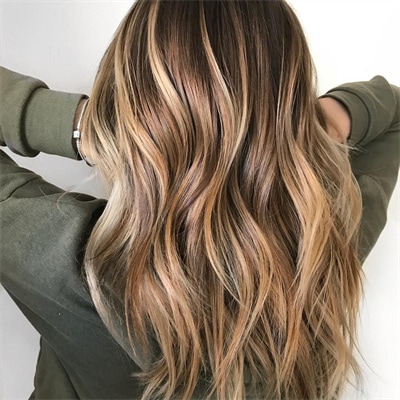
Highlighting is one of the first and most traditional methods of highlighting hair, where all the highlights are distributed on the hair in a very structured way. The process is done in sections, where small strands of hair are coated with a hair lightener and then wrapped in aluminum foil. The result provides a very consistent, patterned, and defined multi-colored look that extends throughout the length of the hair. Highlights provide a multi-tonal overall look for blondes.
4.2 balayage
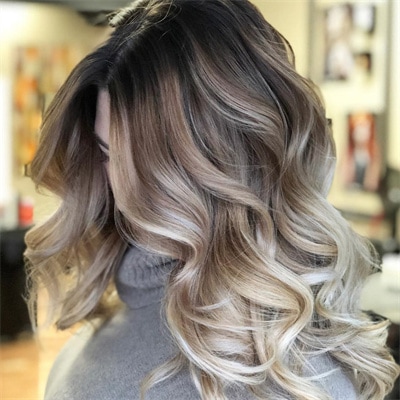
balayage builds up a softer gradient of color in the hair, and this highlighting technique is usually done without tin foil, and the highlights are not distributed more evenly than traditional highlights, but more randomly. balayage
It usually does not start from the root, but from the middle of the hair, so the regrowth is not particularly visible and does not require much maintenance cost.
4.3 Sombre
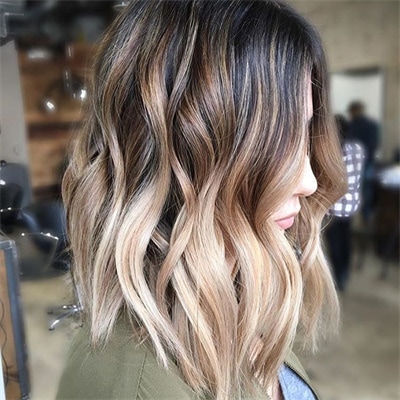
Sombré is a darker version of the gradient color. It creates a softer, less contrasting transition of the shade from the roots to the tips. The blend starts higher up in the hair, using more tones to produce a softer, more subtle transition. sombré colors can be lifted two to three shades, while sombré is a more natural "short beach vacation" type look, where the color is faded by only one tone.
5. Conclusion
Overall, sombré hair color looks very subtle and is perfect for girls who are looking for an understated and natural hair color. Have you decided to try this hair color before spring comes, as winter comes to an end?
Related Articles
How To Perm Short Hair Without Rollers? Easy And Effective Ways

Submit Your comment